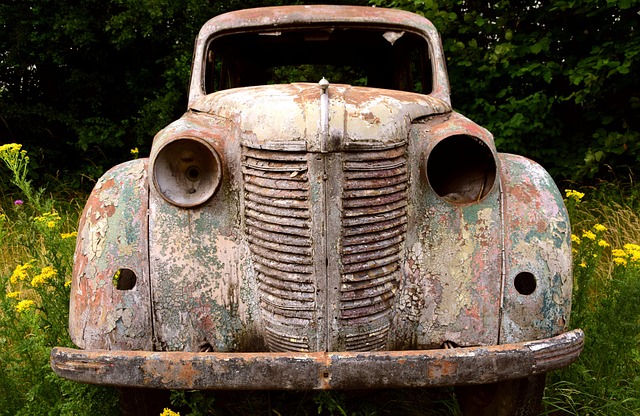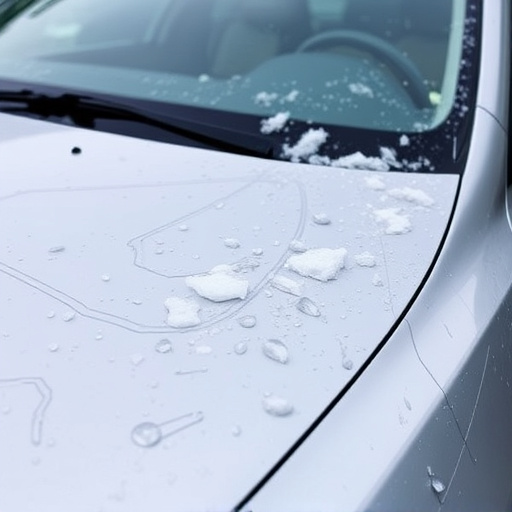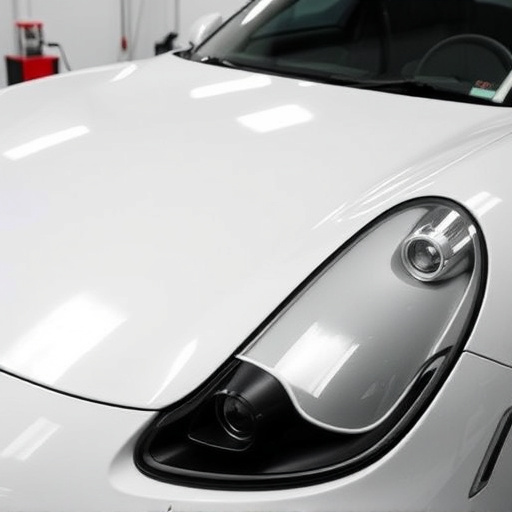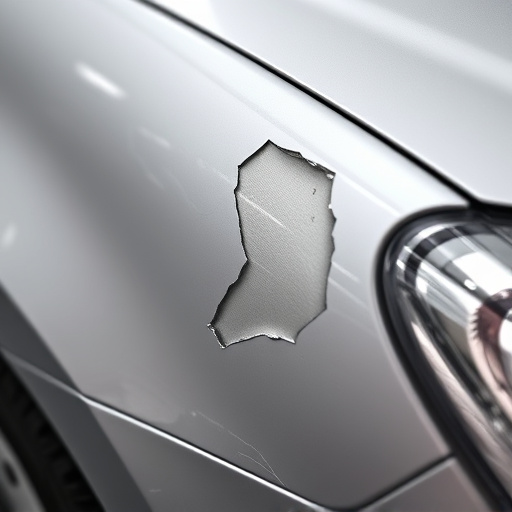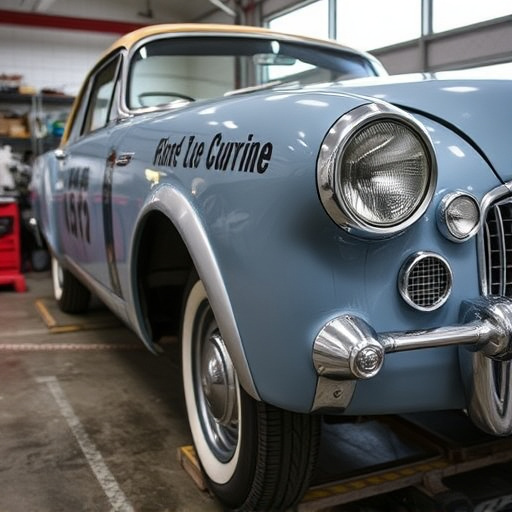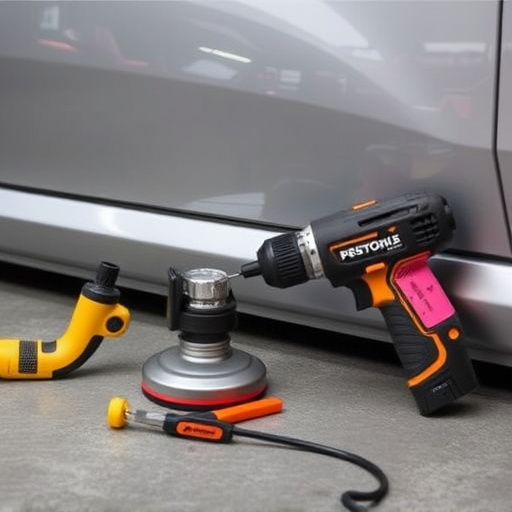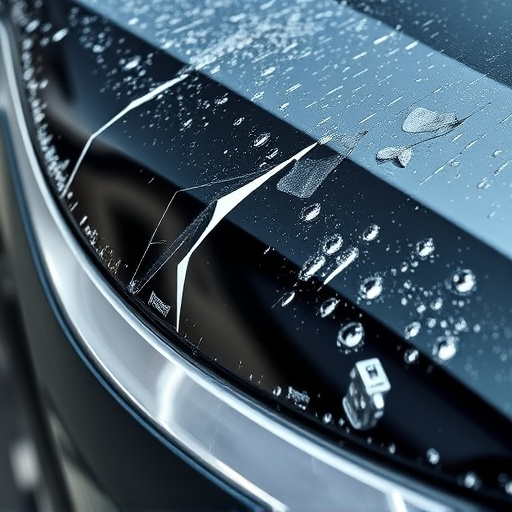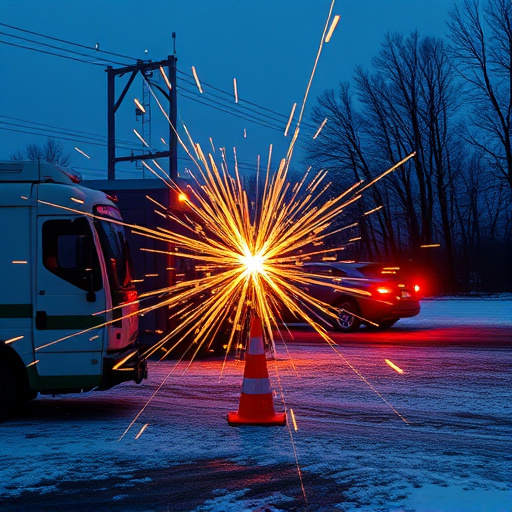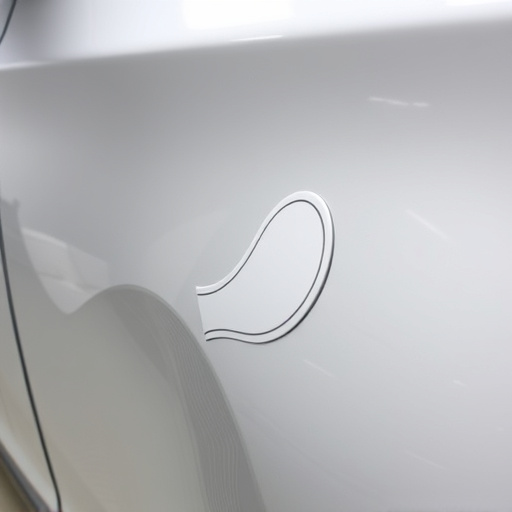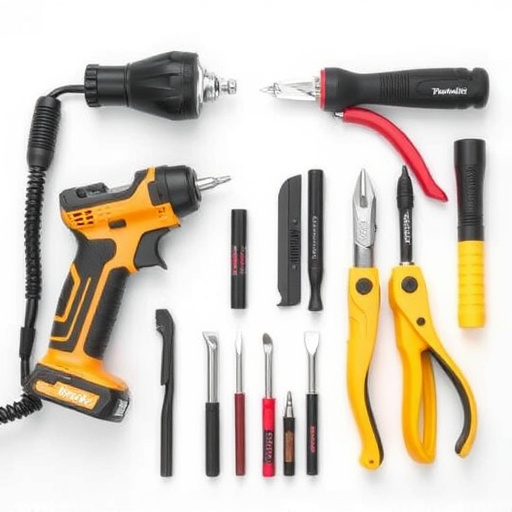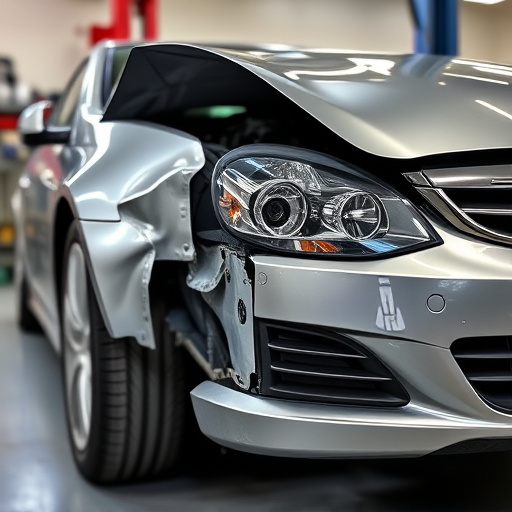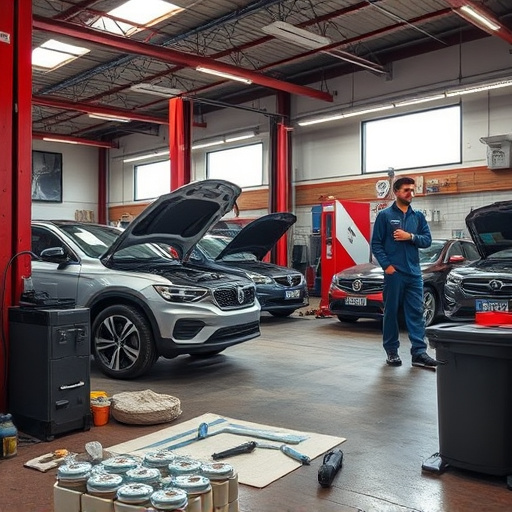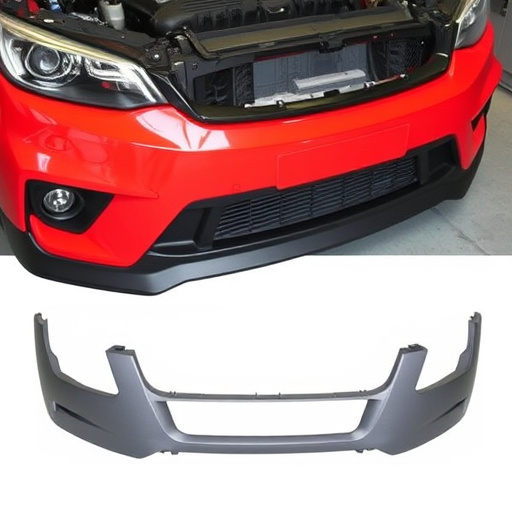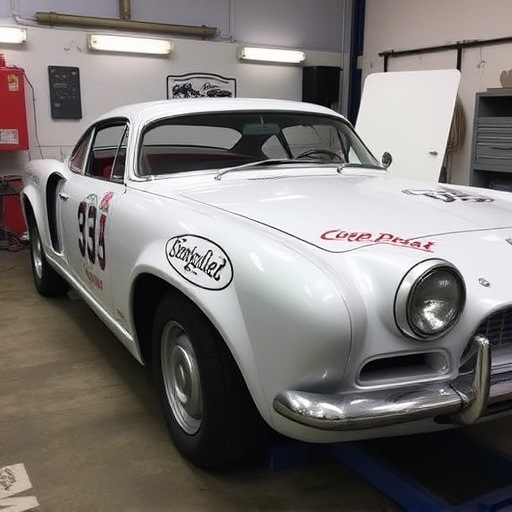Tesla's Fender Camera Alignment system ensures precise vehicle operations by calibrating sensors to detect and correct misalignments in wheels, suspension, and steering, enhancing safety and performance. Correcting misaligned fender cameras through self-alignment or professional assistance maintains optimal system health, functionality, and safety, improving visibility and mirroring top-tier collision services. Regular checks verify system integrity, address issues promptly, and preserve efficient collision repair.
Tesla’s advanced driver-assistance systems (ADAS) rely heavily on front and rear cameras for safety and navigation. Proper Tesla fender camera alignment is crucial for optimal performance and system health. This guide delves into the fundamentals of Tesla fender camera alignment, providing practical steps for correcting misaligned cameras, and offers verification methods to ensure the system functions at peak efficiency after calibration.
- Understanding Tesla Fender Camera Alignment Basics
- Practical Steps for Correcting Misaligned Cameras
- Verifying System Health and Performance After Alignment
Understanding Tesla Fender Camera Alignment Basics
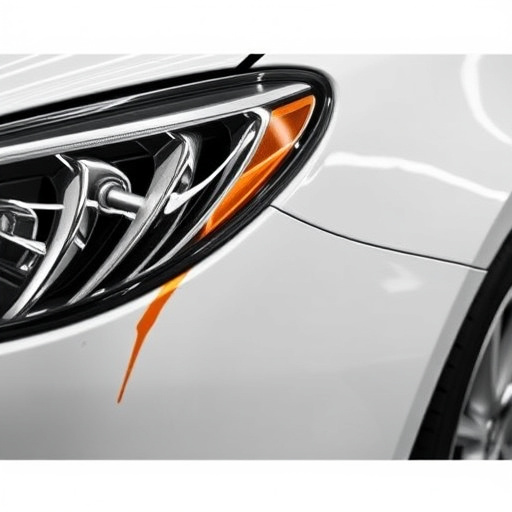
Tesla’s Fender Camera Alignment system is a cutting-edge technology designed to ensure precise and safe vehicle operations. The camera alignment process involves calibrating the car’s sensors to detect and correct any misalignments in the wheels, suspension, and steering components. This advanced system plays a crucial role in maintaining optimal tire performance and enhancing overall driving safety. By aligning the fenders, or the exterior panels that enclose the wheels, the technology checks for any deviations from the vehicle’s original design, ensuring that each wheel is correctly positioned.
Proper alignment not only improves handling and stability but also helps in preventing costly car paint repair issues that may arise due to incorrect wheel positioning. Moreover, regular alignment checks are essential for maintaining the health of your automotive repair needs, as it can save you from frequent tire services and unexpected breakdowns. This basic understanding of Tesla fender camera alignment empowers drivers to keep their vehicles in top condition, contributing to a smoother and safer driving experience.
Practical Steps for Correcting Misaligned Cameras
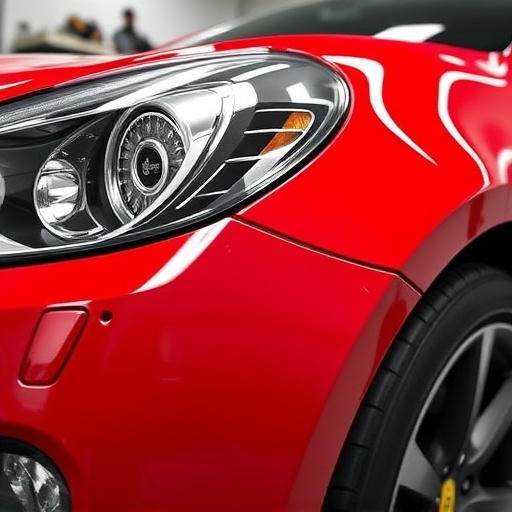
Correcting misaligned Tesla fender cameras is a crucial step in ensuring optimal system health and functionality. Begin by accessing the camera settings through your vehicle’s infotainment system or mobile app, depending on your model. Next, identify the camera in question – typically visible as an icon on the display – and initiate the alignment process. This often involves following a series of on-screen prompts to adjust the camera’s position relative to specific points on the vehicle body, such as door handles or license plate frames.
For more severe misalignments, especially after a collision repair or vehicle restoration, professional assistance might be required. Skilled technicians can use specialized tools and techniques to fine-tune the camera alignment, ensuring it matches the vehicle’s precise dimensions. Remember, accurate Tesla fender camera alignment not only enhances the system’s performance but also contributes to the overall safety of your driving experience, particularly during low-light conditions or in parking scenarios where visibility is limited, mimicking the precision expected from top-tier car dent repair and collision repair services.
Verifying System Health and Performance After Alignment
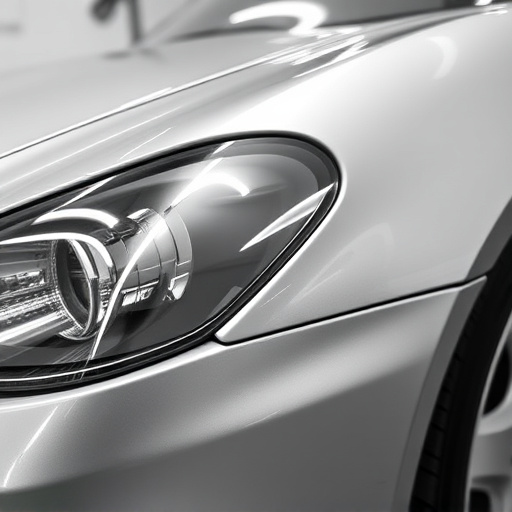
After successfully completing Tesla fender camera alignment, the next crucial step is to verify the system’s health and performance. This ensures that all cameras are functioning optimally and accurately capturing the vehicle’s surroundings, which is essential for the safety features of the car. By performing a series of tests, users can confirm the reliability of their Tesla’s advanced driver-assistance systems (ADAS) and autonomous driving capabilities.
System health verification involves checking each camera for clear visibility, proper image quality, and accurate positioning. Users should also test the system’s response time to objects and obstacles, ensuring that all sensors are functioning seamlessly. Regular checks, especially after potential car damage repair or collision repair services, help maintain the integrity of the vehicle’s safety features, addressing any issues before they escalate. This process is key in preserving the efficiency of collision repair services and maintaining the overall health of the automobile.
Tesla fender camera alignment is a crucial aspect of ensuring optimal system health and performance. By understanding the basic principles, following practical steps for correction, and verifying post-alignment results, you can maintain your Tesla’s advanced driver-assistance systems (ADAS) effectively. Regular checks and adjustments are key to maximizing safety and navigating the road with confidence.

